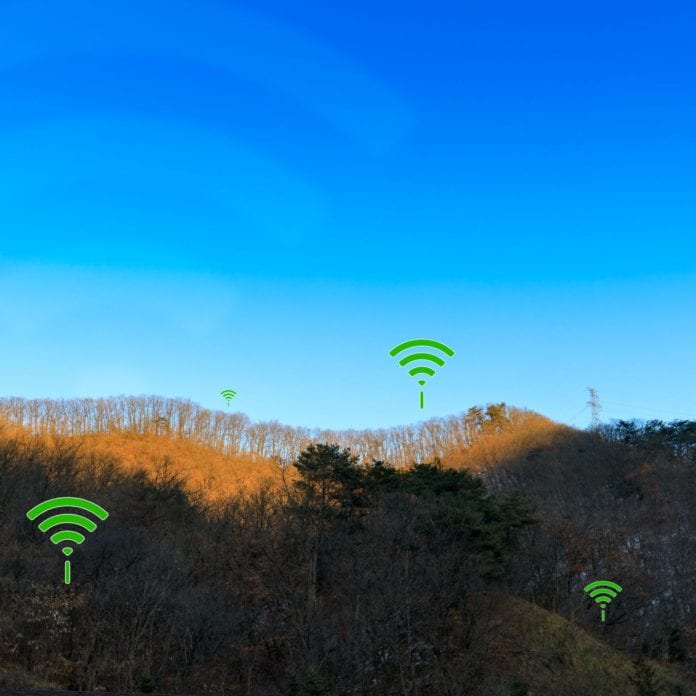The Federal Communications Commission has formally established rules for its 5G Fund for Rural America, which will disburse up to $9 billion over the next decade. However, the minimum speeds that the agency is requiring of these future rural 5G networks are only a marginal improvement over what the agency currently considers “broadband,” and are nowhere near the blazing-fast 5G speeds that are already becoming available in some urban areas.
The vote was split along party lines, with all three Republican commissioners approving the measure and the two Democrats approving in part and dissenting in part.
The 5G Fund will use two phases of multi-round reverse auctions to target support from the Universal Service Fund to eligible areas. Those areas will be determined based on data from the FCC’s ongoing Digital Opportunity Data Collection proceeding, which is meant to improve the accuracy of the data that the commission relies on to determine whether a specific area is served by current mobile networks and if so, what speeds are available. The FCC said that the auctions will also “account for T-Mobile’s enforceable commitment to the Commission to cover 90% of rural Americans with its 5G network within six years in order to avoid spending limited federal resources on wasteful overbuilding.” (T-Mobile US has objected to this, on the grounds that while it has made commitments to cover a percent of rural America, it has not committed to building out specific areas that would enable the commission to direct funding.) The agency also said that starting in 2021, carriers which are receiving USF support have to begin spending some of their funds, on an increasing basis, on bringing 5G to rural, high-cost areas — shifting focus away from LTE networks and toward 5G.
The first phase of the fund will be the largest: up to $8 billion in funds nationwide to “areas lacking unsubsidized 4G LTE or 5G mobile broadband” — but only requires the networks built to meet mobile broadband speeds of 35 Mbps in the downlink and 3 Mbps in the uplink. The FCC’s current standard for broadband service is 25/3. Comparatively, RootMetrics 5G testing from earlier this year showed speeds as fast as 845.7 Mbps on Verizon’s mmWave 5G network in Washington, D.C., with mid-band 5G on the former Sprint network in Chicago clocking in at speeds of nearly 250 Mbps.
The commission plans to set aside $680 million specifically for tribal areas. Phase II of the Rural 5G Fund will inject another $1 billion — along with any unawarded funds from the first phase — to “specifically target the deployment of technologically innovative 5G networks that facilitate precision agriculture.”
“Establishing the 5G Fund further secures United States leadership in 5G and will close the digital divide and bring economic opportunities to rural America,” the FCC said.
“Updating the maps with more reliable data is an essential first step before distributing funds, and I applaud the FCC for today’s decision, which is in line with congressional direction and has overwhelming support in the record,” said Steve Berry, president and CEO of the Competitive Carriers Association, in a statement. “We look forward to seeing the full details as they are made available, and CCA will continue to work with Congress to fully fund the Broadband DATA Act to better understand where support is needed and whether the budget is sufficient. All Americans, especially those in unserved and underserved areas, need and deserve access to mobile broadband services, and I commend the FCC for its focus on achieving this important goal.”

